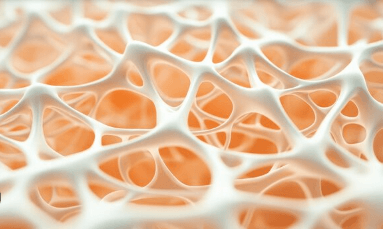Concept Map: Connective Tissues

The exploration of Concept Map: Connective Tissues through a concept map provides a structured framework for understanding their various types and functions within the human body. By visually representing categories such as adipose, cartilage, and fibrous tissues, this tool elucidates their critical roles in support, energy storage, and structural integrity. However, the relationships among these tissue types extend beyond mere classification; they play a vital role in physiological processes that sustain life. As we examine these connections further, the implications for health and disease management become increasingly significant.
Overview of Concept Map: Connective Tissues
Concept Map: Connective Tissues play a crucial role in the structural and functional integrity of the body.
Their diverse cellular composition includes fibroblasts, adipocytes, and immune cells, which contribute to various functions such as support, storage, and protection.
Additionally, connective tissues are essential for tissue repair, facilitating healing processes through the regeneration of cellular components and the formation of extracellular matrices, thus maintaining overall bodily health.
Read More Cute:1lfn0sscadu= Real:1lfn0sscadu= Alligator
Types of Concept Map: Connective Tissues
Diversity is a hallmark of connective tissues, which can be classified into several distinct types, each serving unique functions within the body.
Key classifications include adipose tissue, which stores energy, and various cartilage types that provide support.
Fibrous connective tissues offer strength, while blood components facilitate transport.
Additionally, bone structure serves as a robust framework, crucial for overall body integrity and function.

Functions and Importance
The various types of connective tissues play vital roles in maintaining the structure and function of the body.
Connective tissue functions include providing support, storing energy, and facilitating transportation of nutrients and waste.
These tissues also play crucial connective tissue roles in immune response and tissue repair, ensuring overall homeostasis and functionality, thereby allowing the body to adapt and thrive in diverse environments.
Visual Concept Map
One effective way to understand the complexity and variety of connective tissues is through a visual concept map.
This diagrammatic illustration serves as a visual representation, linking various types of connective tissues, such as loose, dense, and specialized forms.
Read More Cute:1lfn0sscadu= Alligators
Conclusion
In summary, Concept Map: Connective Tissues serve as the body’s unsung heroes, binding and supporting various structures while ensuring vital processes occur seamlessly. Their diverse types, including adipose, cartilage, and fibrous tissues, play crucial roles in energy storage, structural integrity, and overall functionality. Understanding the intricate relationships among these tissues enhances appreciation for their significance in maintaining health and facilitating essential bodily functions, underscoring the importance of connective tissues in the grand tapestry of human anatomy.




